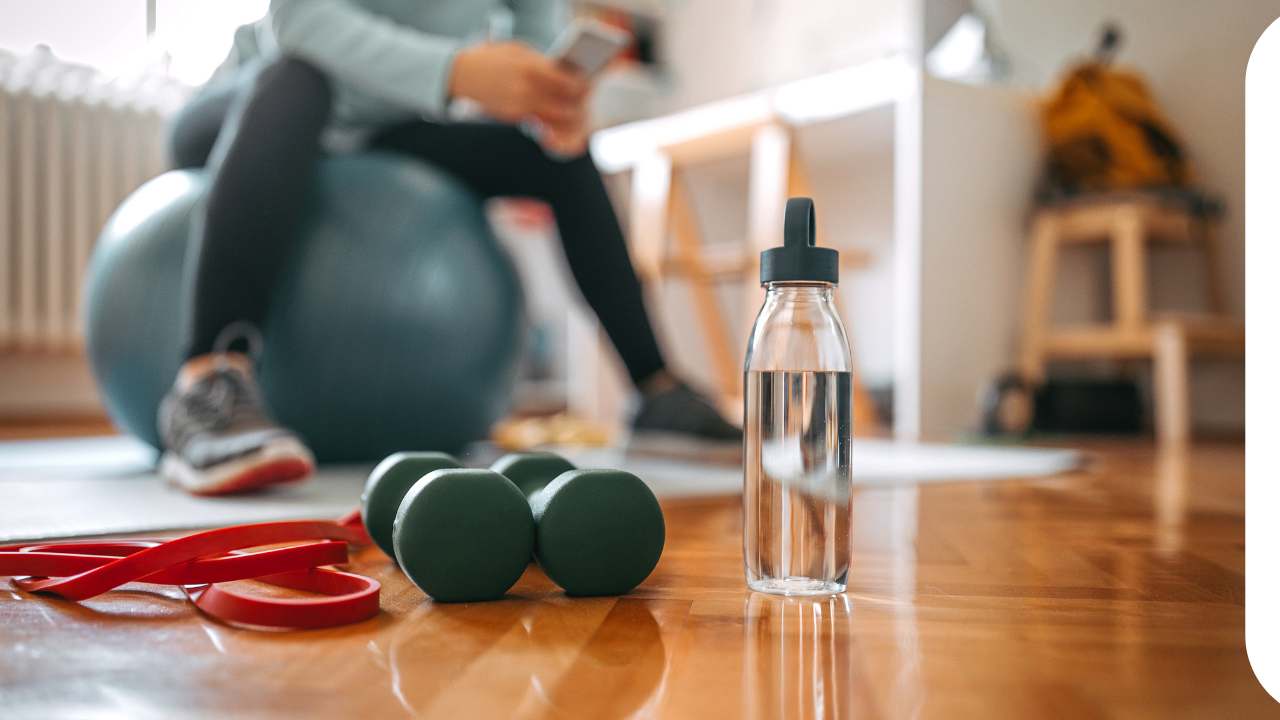Introduction: Your Body’s Superhighway
The vagus nerve is the longest cranial nerve, connecting your brain to your gut, heart, and immune system. Research shows:
✔ 80-90% of vagus nerve fibers send signals from gut to brain (Neuroscience, 2023)
✔ Low vagal tone is linked to IBS, depression, and chronic inflammation (Frontiers in Psychiatry)
✔ Simple exercises can increase vagal tone by 37% in 8 weeks (Psychosomatic Medicine)
This guide reveals clinically proven techniques to stimulate your vagus nerve—reducing bloating, anxiety, and systemic inflammation.
1. How the Vagus Nerve Controls Gut Health
The Gut-Brain Axis in Action
- Anti-Inflammatory Effects
- Vagus activation reduces TNF-alpha (key inflammatory cytokine)
- Study: IBD patients improved with vagus nerve stimulation (Nature, 2021)
- Digestive Enzyme Release
- Strong vagal tone = better stomach acid and bile flow
- Microbiome Communication
- Gut bacteria produce neurotransmitters (GABA, serotonin) that travel via vagus nerve
(Infographic: “The Vagus Nerve Pathway”)
2. 5 Evidence-Based Vagus Nerve Exercises
#1: Deep Diaphragmatic Breathing (4-4-6 Method)
✅ Proven to increase HRV (heart rate variability)
✅ Triggers the “rest-and-digest” response
How to do it:
- Inhale deeply through nose for 4 seconds (let belly expand)
- Hold for 4 seconds
- Exhale slowly through pursed lips for 6 seconds
- Repeat 5-10x, 3x/day
Best times: Morning, before meals, before bed
#2: Humming or Chanting “OM”
✅ Vibrations stimulate the vocal cords (vagus nerve branches)
✅ Study: 5 mins of humming doubles vagal tone (Journal of Clinical Medicine)
Protocol:
- Hum your favorite song for 5-10 mins daily
- Or chant “OM” 10x in a row
#3: Cold Exposure (20-30 Seconds)
✅ Activates the “diving reflex” → immediate vagus stimulation
Safe ways to try it:
- Splash cold water on face
- Hold ice pack on neck/chest
- Finish shower with 30-second cold blast
#4: Gargling Vigorously (Until Tears Form)
✅ Strengthens pharyngeal vagus branches
How to:
- Gargle water until you feel mild discomfort (2-3x/day)
#5: Ear Massage (Tragus Stimulation)
✅ Outer ear has vagus nerve endings
Technique:
- Rub small flap near ear canal (tragus) in circles
- Massage behind earlobe
- Do this for 30 seconds each side
(Video tutorial link: “Vagus Nerve Massage Demo”)
3. The Vagus Nerve Diet: Foods That Enhance Tone
Top 3 Vagus-Boosting Foods
- Omega-3s (Fatty Fish, Algae Oil) – Increase HRV
- Polyphenols (Berries, Dark Chocolate) – Reduce gut inflammation
- Probiotics (L. Rhamnosus, Bifidobacterium) – Communicate via vagus
Avoid:
- Processed sugar (lowers HRV)
- Excessive alcohol (damages vagal pathways)
4. Tracking Progress: How to Measure Vagus Nerve Function
Heart Rate Variability (HRV) Testing
- Gold standard for vagal tone
- Apps like Elite HRV (use with chest strap)
Symptom Diary
- Less bloating after meals?
- Improved stress resilience?
5. Special Cases: When to Seek Professional Help
Signs of Severe Vagal Dysfunction
- Fainting episodes (vasovagal syncope)
- Gastroparesis (slow digestion)
Treatments:
- Vagus nerve stimulation (VNS) devices (FDA-approved for epilepsy/depression)
- Functional neurology rehab
Conclusion: Your 14-Day Vagus Nerve Challenge
- Pick 2 exercises (e.g., humming + cold exposure)
- Practice daily for 2 weeks
- Track changes in digestion/stress
Free Download: “Vagus Nerve Exercise Calendar” (PDF)
Next Article: “The Science of Intermittent Fasting for Gut Healing”

